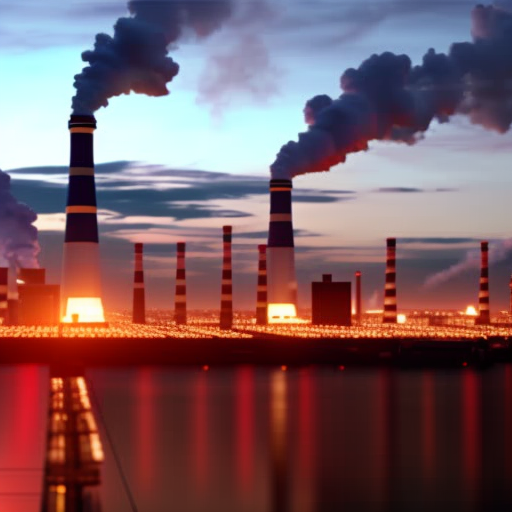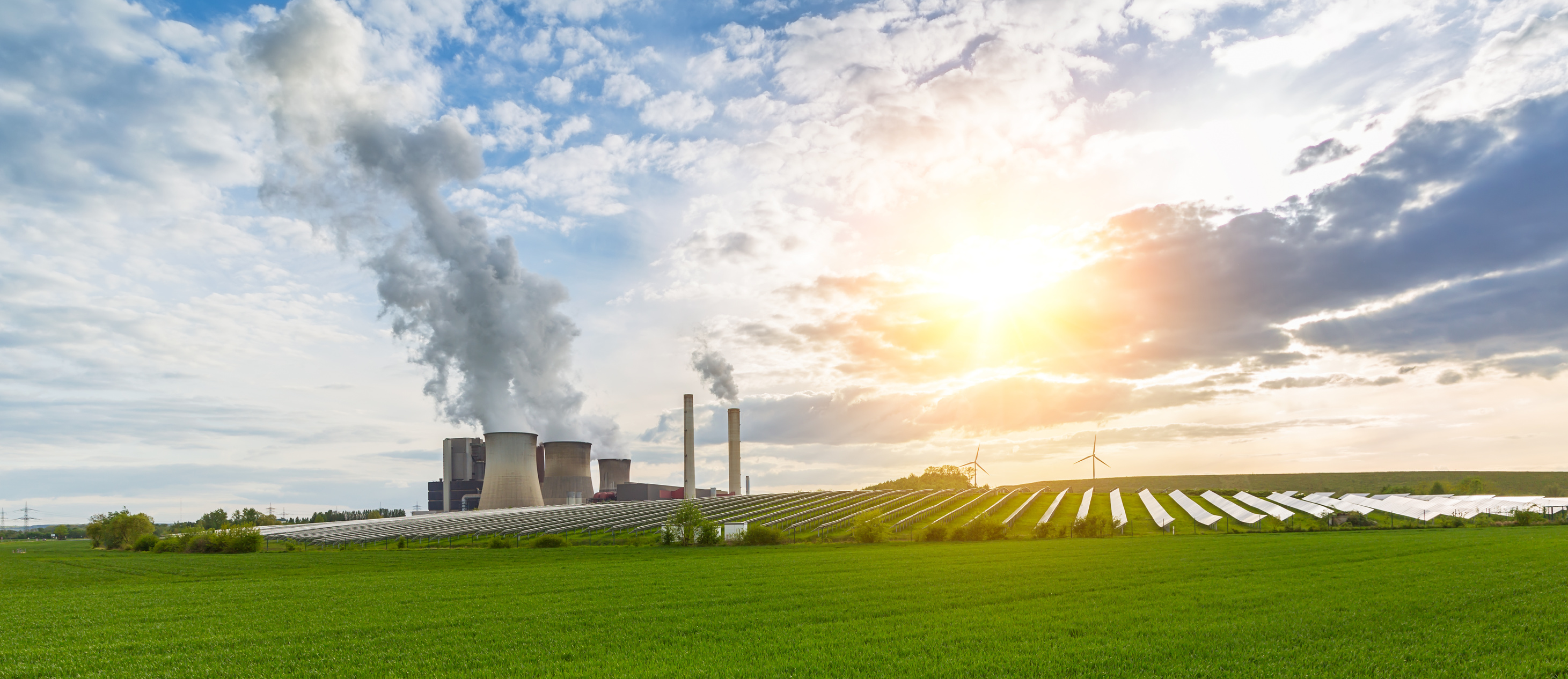
Sustainable Development Goals (SDGs) in Germany’s Emission Reductions

Between 1990 and 2022, all sectors in Germany have achieved emission reductions, although in varying volumes. Each sector has been allocated an annual emissions budget according to Germany’s climate action law.
Energy Industries
Germany’s energy industries are responsible for the largest share (34% in 2022) of the country’s greenhouse gas emissions. By 2022, emissions in this sector had decreased by about 46 percent compared to 1990 levels. This reduction was mainly due to the decommissioning of emission-intensive, lignite-fired power plants in the 1990s, which were replaced by more efficient power plants. In recent years, coal-fired power generation has been increasingly substituted by renewable energies and natural gas. However, coal use increased in 2022, leading to a rise in emissions.
Industry
The industry sector accounts for the second-largest share of Germany’s emissions, with 22 percent. Emissions in this sector have fallen by 41 percent since 1990. The improvement of production processes’ efficiency has contributed to the majority of emissions reduction. The increasing price of carbon allowances since 2019 has also incentivized energy efficiency efforts and resulted in lower CO2 output. However, emissions in this sector have stagnated over the past decade, and many energy-intensive companies lack viable business models to implement drastic emission cuts. The energy crisis further reduced emissions as prices rose and some production was cut.
Buildings
The buildings sector has achieved the second-largest emission reduction in Germany since 1990 (47%). It accounted for 15 percent of total emissions in 2022. However, building emissions have largely stagnated since 2011, and Germany is far from reaching its target of a “nearly” climate-neutral building stock by mid-century.
Transport
Although the transport sector was responsible for 20 percent of total emissions in 2022, it has struggled to reduce emissions. Emissions remained nearly unchanged from 1990 until the pandemic hit in 2020. Despite vehicles being less emission-intensive today, there has been an increase in road traffic with larger and heavier vehicles. Along with buildings, the transport sector requires significant acceleration of measures to achieve Germany’s overall goal of greenhouse gas neutrality by 2045.
Agriculture
Emissions from agriculture (excluding LULUCF) have decreased by around 26 percent since 1990, while they accounted for about eight percent of total emissions in 2022. A significant part of this decrease occurred in the years after German reunification when livestock numbers were reduced.
Waste and Other
The waste and other sector is responsible for less than one percent of total emissions, but emissions have fallen by 91 percent since 1990. This sector has successfully avoided harmful emissions through reorganization and waste sorting.
SDGs, Targets, and Indicators Analysis
1. Which SDGs are addressed or connected to the issues highlighted in the article?
- SDG 7: Affordable and Clean Energy
- SDG 9: Industry, Innovation, and Infrastructure
- SDG 11: Sustainable Cities and Communities
- SDG 13: Climate Action
- SDG 15: Life on Land
The issues highlighted in the article are related to greenhouse gas emissions reduction, energy efficiency, and climate-neutral buildings, which are all connected to the above-mentioned SDGs.
2. What specific targets under those SDGs can be identified based on the article’s content?
- Target 7.2: Increase substantially the share of renewable energy in the global energy mix.
- Target 9.4: Upgrade infrastructure and retrofit industries to make them sustainable.
- Target 11.6: Reduce the adverse per capita environmental impact of cities, including by paying special attention to air quality and municipal and other waste management.
- Target 13.2: Integrate climate change measures into national policies, strategies, and planning.
- Target 15.5: Take urgent and significant action to reduce the degradation of natural habitats, halt the loss of biodiversity, and protect and prevent the extinction of threatened species.
Based on the article’s content, these targets are relevant to the issues discussed.
3. Are there any indicators mentioned or implied in the article that can be used to measure progress towards the identified targets?
- Indicator: Share of renewable energy in the energy mix.
- Indicator: Energy efficiency improvements in production processes.
- Indicator: Reduction in greenhouse gas emissions from buildings.
- Indicator: Reduction in emissions from the transport sector.
- Indicator: Reduction in emissions from agriculture.
- Indicator: Reduction in emissions from waste and other sectors.
The article mentions or implies these indicators, which can be used to measure progress towards the identified targets.
SDGs, Targets, and Indicators Table
| SDGs | Targets | Indicators |
|---|---|---|
| SDG 7: Affordable and Clean Energy | Target 7.2: Increase substantially the share of renewable energy in the global energy mix. | Indicator: Share of renewable energy in the energy mix. |
| SDG 9: Industry, Innovation, and Infrastructure | Target 9.4: Upgrade infrastructure and retrofit industries to make them sustainable. | Indicator: Energy efficiency improvements in production processes. |
| SDG 11: Sustainable Cities and Communities | Target 11.6: Reduce the adverse per capita environmental impact of cities, including by paying special attention to air quality and municipal and other waste management. | Indicator: Reduction in greenhouse gas emissions from buildings. |
| SDG 13: Climate Action | Target 13.2: Integrate climate change measures into national policies, strategies, and planning. | Indicator: Reduction in emissions from the transport sector. |
| SDG 15: Life on Land | Target 15.5: Take urgent and significant action to reduce the degradation of natural habitats, halt the loss of biodiversity, and protect and prevent the extinction of threatened species. | Indicators: Reduction in emissions from agriculture and waste and other sectors. |
Behold! This splendid article springs forth from the wellspring of knowledge, shaped by a wondrous proprietary AI technology that delved into a vast ocean of data, illuminating the path towards the Sustainable Development Goals. Remember that all rights are reserved by SDG Investors LLC, empowering us to champion progress together.
Source: cleanenergywire.org

Join us, as fellow seekers of change, on a transformative journey at https://sdgtalks.ai/welcome, where you can become a member and actively contribute to shaping a brighter future.






